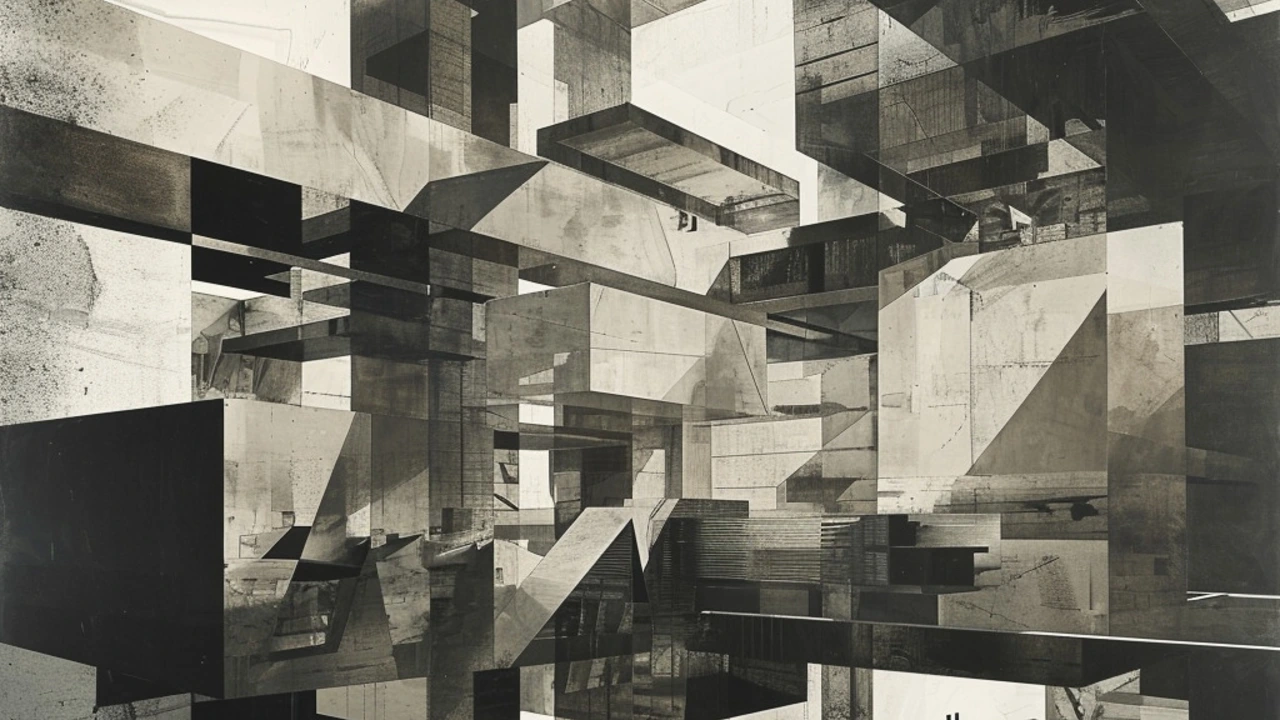Disruptive Force: How Art & Architecture Break Rules and Change Cities
Some buildings and movements don’t just add a new look — they change how people live, work, or think. Think of Roman concrete and aqueducts that rewrote engineering rules, or postmodern towers that dared to be playful instead of purely functional. A disruptive force in architecture is anything that challenges a norm so strongly it becomes the new norm.
Why care? Because spotting disruption helps you read a city, renovate a home with taste, or design a project that actually matters. I’ll show you clear signs of disruptive design and practical ways to use those ideas without wrecking a building or your budget.
How to spot a disruptive design
Look for features that contradict expectations. Does a structure put emotion before strict rules? Expressionist buildings do — their shapes feel alive, not predictable. Is a style mixing old and new in unexpected ways? Revival movements remake past styles to comment on today’s life. Does a design simplify to the point of clarity? Minimalism in tech and interiors strips noise to improve use. Or does it add bold, theatrical elements—like Baroque drama or Postmodern color—to shake up the streetscape?
Also check materials and methods. Roman arches and concrete changed construction techniques. Art Nouveau used flowing ironwork and glass to merge craft and structure. If a building or movement introduced a new material or method that spread, that’s disruption with real impact.
Practical ways to use disruptive ideas
Want to borrow disruptive thinking without going overboard? Start small. Pick one rule to break: switch a strict symmetry to an intentional imbalance, or add a single expressive element (a tower, a bold window) to an otherwise calm facade. When renovating, use adaptive reuse: keep historic bones but insert modern systems—this honors revivalist and preservationist lessons from Beaux-Arts and Georgian repairs.
For interiors and tech, follow minimalism’s playbook: remove friction. Ask what slows people down and cut it. For public projects, borrow postmodern playfulness to create memorable landmarks that invite photos and attention. For structural innovation, study Roman and Byzantine tricks—arches, domes, load paths—then pair them with modern materials for efficiency and drama.
Disruption isn’t shock for its own sake. The best disruptive forces solve real problems: better engineering, clearer user flow, stronger cultural identity. When you apply these ideas, weigh durability, context, and use. A spire looks great until it leaks; a bold color grabs attention until it ages badly.
Want examples? Read about Ancient Roman engineering that set new standards, Gothic and Greek Revival that changed civic identity, Art Nouveau and Expressionism that rethought form, and Postmodernism and Minimalism that flipped expectations in design and tech. These pieces show how disruption became practical change over time.
Curious where to start? Browse the tagged articles here to see specific projects and tips you can copy. Pick one disruptive idea, test it small, and watch how a single change can shift the whole design conversation.

Deconstructivism: The Disruptive Force in Contemporary Architecture
Oh, honey, let's chat about Deconstructivism, the fashion-forward diva shaking up the architectural world! It's like Picasso decided to design buildings, throwing traditional rules out of the skyscraper window. With its chaotic charm, Deconstructivism plays with our minds, twisting and turning familiar shapes into abstract masterpieces that surprise and astonish. It's a wild, unpredictable party in the architectural scene, breaking the mold and shaking us out of our conventional comfort zones. So next time you see a building that looks like it's had a little too much to drink, remember, it's not having a meltdown, it's just living its best Deconstructivist life!
Read more